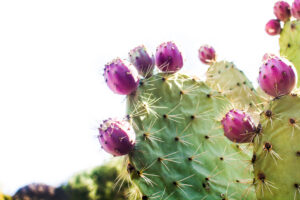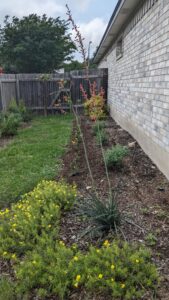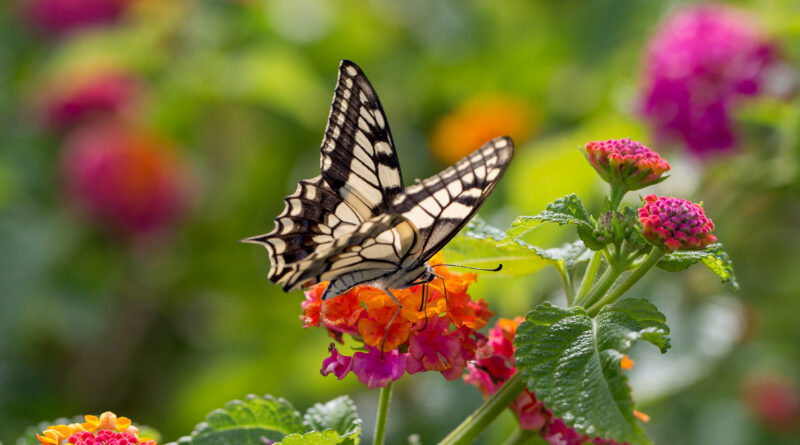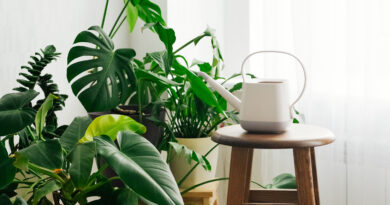Effortless gardening with adaptive plants
By AMY ROGNLIE

This is the Year of the Cactus. Well, at my house, at least. I admit that I have arrived late to the native and adaptive plant party, but I’m here now … mostly because, well, it seems to make sense to choose plants that actually want to grow in the harsh climate of Central Texas. As our summers become longer and hotter every year, it seems silly to pour one’s efforts into, say, a dahlia plant. Or a delphinium. Cherish the memory of those non-heat-and-humidity-loving plants if you must, but don’t try to coerce them into thriving in Bell County.
Instead, try a plant that will thrive here because it is intended to grow here. Plants native to our region have been growing here practically forever without human coddling or intervention. They are part of the natural landscape and ecosystem and grow quite happily here, thank you very much. Adapted plants are those that are not native to our area but have become acclimated to and established here without becoming invasive or harming the ecosystem. They are also able to thrive without humans imposing ourselves upon them.
Another argument for using native and adapted plants comes straight from the mouth of our venerated queen of wildflowers, Texas’ own Lady Bird Johnson: “Native plants give us a sense of where we are in this great land of ours. I want Texas to look like Texas and Vermont to look like Vermont.”
Indeed. Though it may be tempting to try to recreate an English cottage garden, you don’t live in England … or Vermont. Let’s be happy creating gardens with the palette we have been given.
Which leads me back to the cactus. I may have gotten a wee bit enamored with prickly pear cactus, especially after I watched a show about an elderly couple who grew a (ginormous) garden full of hardy cactus in Canada, of all places. And then there was that video of the man in Italy harvesting yellow, red and orange prickly pear cactus fruits and eating them for breakfast while on his veranda overlooking Venice. Or the woman in Arizona who grew a wall of 6-foot tall, blue-green prickly pear, smothered in millions of lemon-hued flowers and humming with bees. Sigh.

I might have also become a tad smitten with all the different variety of opuntias, which is the official name for prickly pear cactus. Did you know that some opuntias have purple pads? And that the little hairy things that stick and prick are called glochids? And that there is an almost infinite variety of flower colors? And that some opuntias are spineless? And that the fruits are called tunas?
But I digress. Just because I am engaging in a love affair with cacti doesn’t mean I’m digging up my flower beds and converting them into desertscapes. Many lovely plants are available to Central Texas gardeners, including some of my favorite native and adaptive plants: lantana, Turk’s cap, red yucca and Russian sage. All have gorgeous, long-lasting blooms, and I would no doubt grow them anyway, even if I wasn’t aware that they are Central Texas-happy plants through and through. Oh, and did I mention crape myrtle, American beautyberry and Indian hawthorn? Or how about oleanders, roses or esperanza? Anyway, you get the picture.
If you plant things that want to grow here, they will. And you’ll make all the little native birds, bees and butterflies happy too. What more could you ask for?
Find a comprehensive list of native and adaptive plants in Central Texas at https://williamson.agrilife.org/files/2014/08/Native-and-Adaptive-Plants.pdf.




